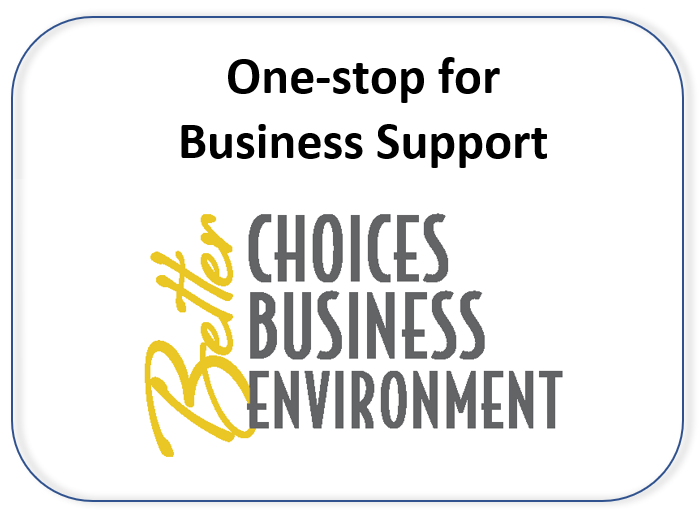Construction and demolition
As companies look to improve a property, whether its building on greenspace, renovating existing structures or demolishing them, landowners and construction or excavation crews alike should be aware of a range of environmental requirements that apply to their activities. Review the information at the links below.
Environmental regulations
- Make your plans environmentally sound before you break ground! Avoid costly delays and potential penalties by learning about common mistakes made during land-altering, construction and demolition activities in this two-part webinar series:


- Those working with existing structures should also reference: Planning Your Demolition or Renovation Project: A Guide to Hazard Evaluation, Recycling and Waste Disposal (WA-651)
Important information for those doing asbestos removal:
- Air Pollution Requirements
- For training resources visit the Department of Health Services - Asbestos Training Providers.
- Also important for those working on existing buildings: Wisconsin's Lead-Safe Renovation Rule — Renovation work is regulated when performed for compensation in a dwelling or child-occupied facility built before 1978 and it disturbs 6 square feet or more of paint per room, 20 square feet or more of exterior paint or involves windows.
- For additional DNR requirements that might apply to a construction or demolition project, go to the DNR's Demolition, Construction and Renovation page.
Fugitive dust control
"Fugitive dust" is a term used to describe any particulate matter (PM) emissions released through any means other than a stack or duct of some kind. Any business creating enough dust, smoke, or fumes to be a noticeable source of air pollution must control those emissions. The following are examples of activities that would create fugitive dust:
- large trucks transporting materials along unpaved roads;
- unpaved parking lots;
- piles of materials stored on site, like grain; and
- dry materials directed to equipment not collected by another device, whether by baghouse, cyclone, wet scrubber, etc.
Any business that creates fugitive dust must do as much as possible to control those emissions and keep them from escaping into the environment. The following are a few suggestions based on the type of activity. Other best management practices recommended by industry experts are provided in the fact sheet Fugitive Dust Management (AM-556).
- For roads or storage piles, this may mean using water or chemicals to prevent dust plumes. Paving roads will reduce dust. Storage piles can be kept within a three-sided building to minimize emissions.
- To know how much of an additive is allowed in water for dust prevention, refer to the storm water standards for Water quality review procedures for additives, and the two companion documents: Allowable usage rates for water applied additives and Allowable usage rates for land applied additives.
- Mechanical collection devices (i.e. cyclones and dry filters) are effective, low-cost ways to control PM emissions from processing equipment. Unfortunately, higher collection efficiency in any type of equipment can often mean higher costs. For example, a baghouse can be a very high efficiency control option but is more expensive than the others.
| Additional resources |
|---|



